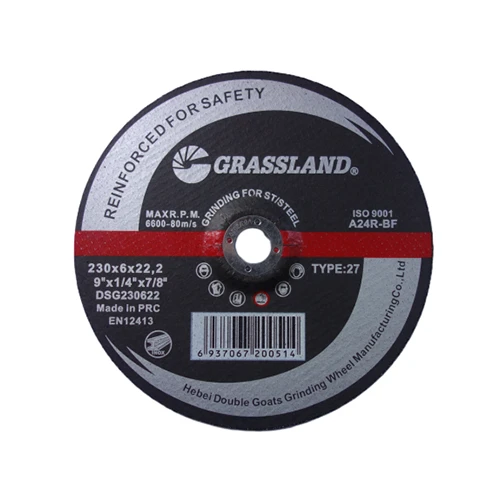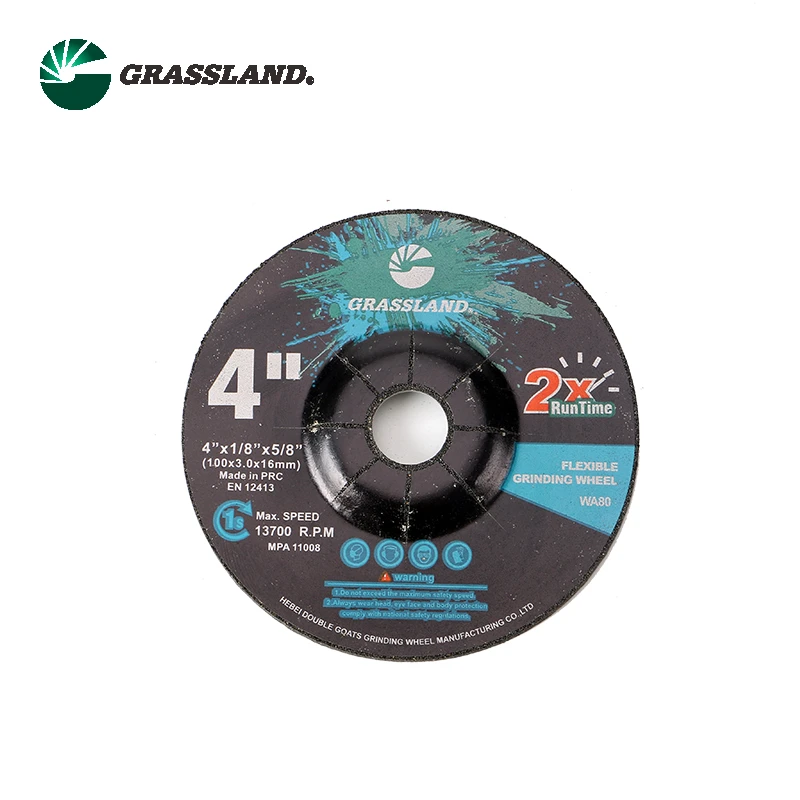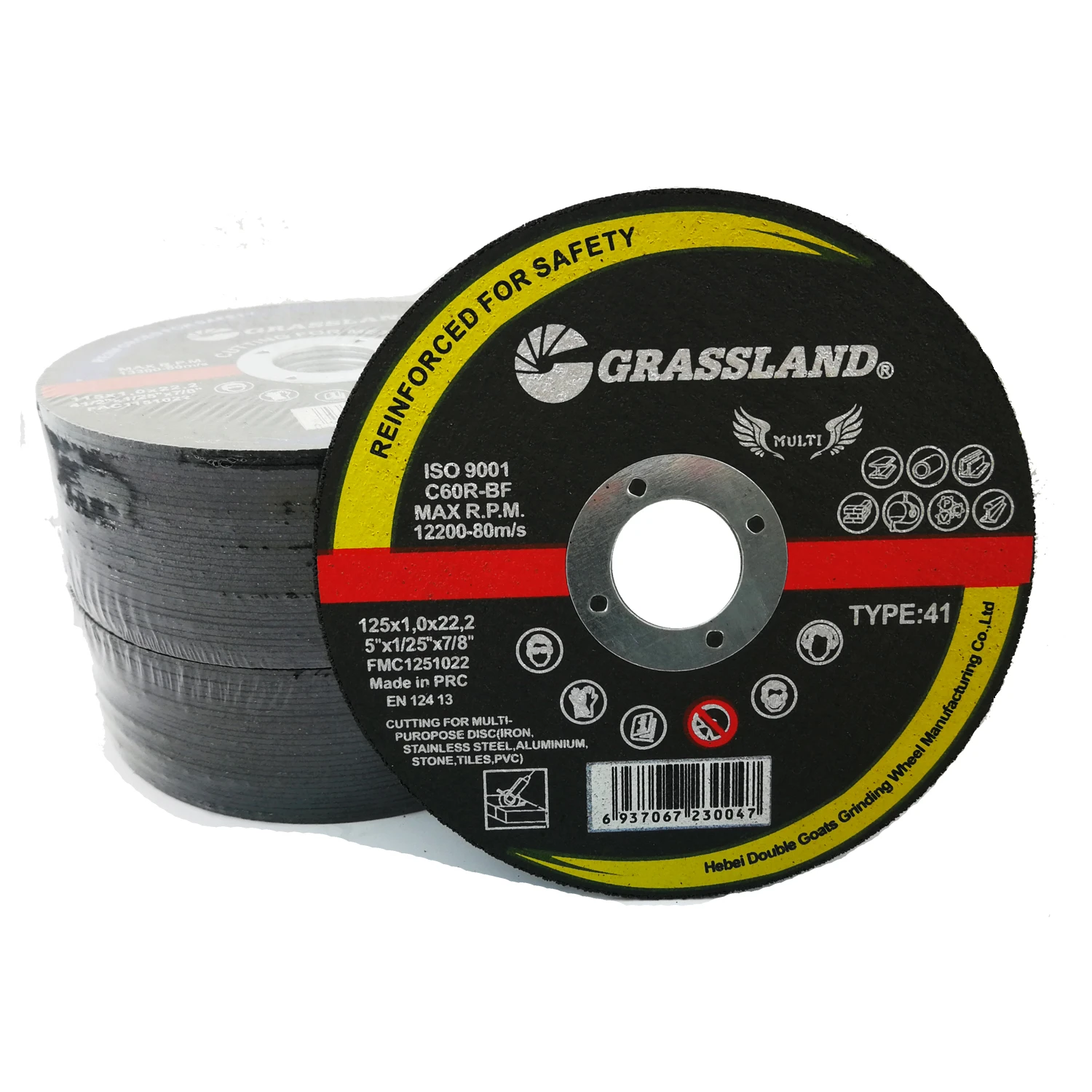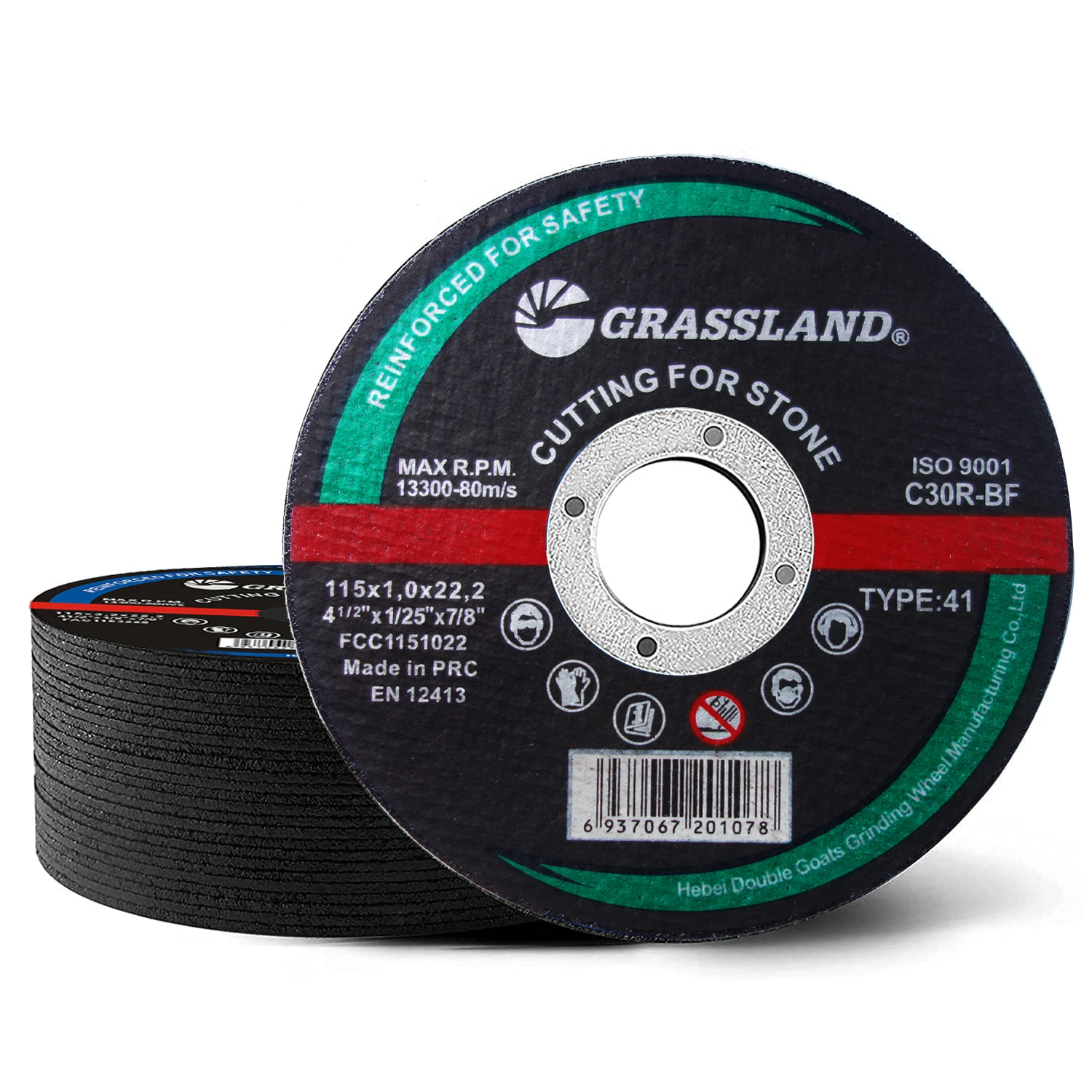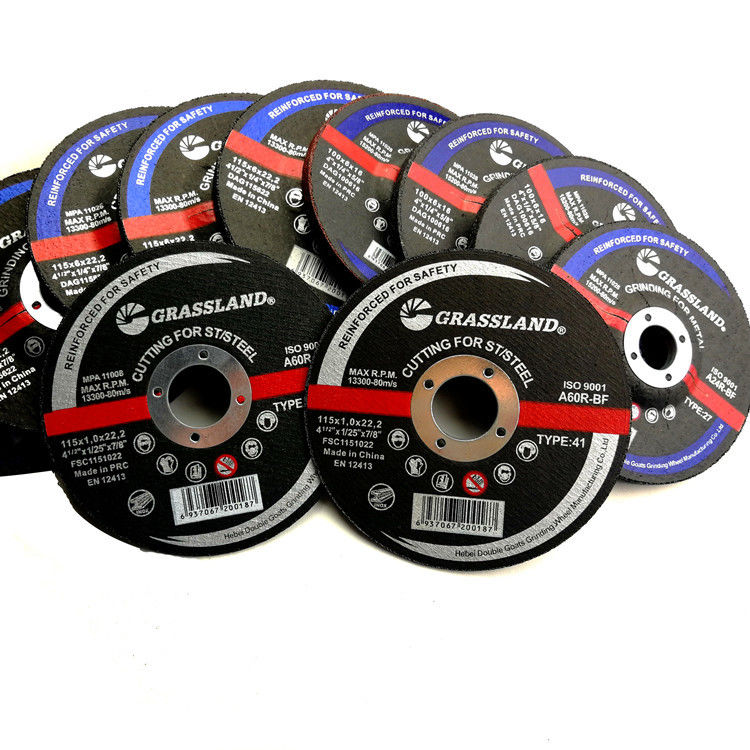Effective Paint Removal Using Grinding Wheels
When it comes to removing paint from surfaces, efficiency and effectiveness are key. One of the best tools for this task is the grinding wheel. Grinding wheels, typically used for metalworking and material removal, can also be highly effective in paint stripping applications. This article explores the principles of using grinding wheels for paint removal, as well as best practices to ensure safety and efficiency during the process.
Understanding Grinding Wheels
Grinding wheels are abrasive tools consisting of a wheel or disk with a hard composite material. They are designed to cut or grind materials, making them an excellent option for removing layers of paint from various surfaces. The abrasiveness of the wheel plays a critical role in determining how quickly and effectively paint can be stripped away.
There are different types of grinding wheels available, each suited for specific tasks. For paint removal, wheels made with aluminum oxide or silicon carbide abrasives are often preferred due to their superior cutting capabilities. The grit size also matters; a coarser grit will remove paint faster, while finer grits will produce smoother finishes.
Choosing the Right Wheel
Selecting the right grinding wheel is essential for effective paint removal. Here are some guidelines to help you choose
1. Material Compatibility Ensure that the grinding wheel is suitable for the surface you are working on. Different materials (metal, wood, concrete) have specific requirements. 2. Grit Size For heavy paint layers, start with a coarser grit (like 36-60) and switch to a finer grit (like 80-120) for finishing. This two-step process allows for quicker removal and a smoother finish.
3. Size and Shape Grinding wheels come in various sizes and shapes. For large flat surfaces, a standard flat wheel should suffice, whereas for intricate areas or corners, a cup wheel or a flap disc may provide better maneuverability.
The Process of Paint Removal
grinding wheel paint removal

1. Preparation Before you begin, ensure that you are wearing proper personal protective equipment (PPE), including goggles, gloves, and a dust mask. This is crucial to safeguard against dust and debris generated during the grinding process.
2. Setting Up Your Workspace Ensure your workspace is well-ventilated and free of flammable materials. If working indoors, use fans or ventilators to manage airborne dust.
3. Technique Start at a low speed to gauge the effectiveness of your chosen wheel. Maintain a steady motion across the surface, avoiding prolonged pressure in one area to prevent damage to the substrate. Keep the wheel at a consistent angle to ensure even paint removal.
4. Cleaning Up After removing the paint, clean the surface to remove any residual dust or debris. This step is important if you plan to apply a new paint layer.
Safety Considerations
When using grinding wheels for paint removal, safety must always be a priority. The process can generate a significant amount of dust, some of which may contain harmful chemicals, especially if the paint is older and contains lead or other toxic substances. Always use appropriate air filtration systems or masks to minimize inhalation risks.
Additionally, ensure that your workspace is free of obstacles and that you maintain a proper grip on your tools. A secure stance and careful handling of power tools will help prevent accidents.
Conclusion
Grinding wheels can be a powerful ally in the battle against unwanted paint. By choosing the right wheel, employing proper techniques, and prioritizing safety, you can efficiently remove layers of paint and prepare surfaces for new finishes. Whether you are a DIY enthusiast or a professional, mastering the use of grinding wheels will enhance your ability to tackle paint removal projects effectively. Remember, the key to success lies in preparation, technique, and safety, ensuring not only a clean surface but also a smooth workflow.
Post time:Oct - 05 - 2024








